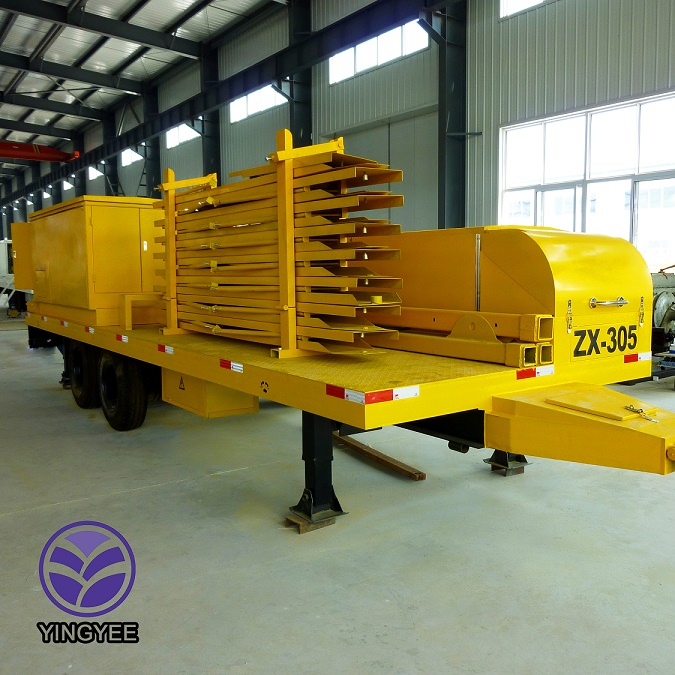
Rotary Shear Cut to Length Line A Comprehensive Overview
The rotary shear cut to length line is a pivotal technology in the metal processing industry, providing an efficient solution for cutting metal sheets and strips to specified lengths. This system blends precision engineering with advanced automation to deliver high-quality results tailored to the unique requirements of various manufacturing processes.
Understanding the Basics
At its core, a rotary shear cut to length line consists of several key components working in tandem. The process begins with a coiler, which feeds the metal strip into the line. The strip is typically made of steel or aluminum, and its dimensions can be customized to suit different applications. Once the material is fed into the line, it undergoes a series of processes including leveling, cutting, and stacking.
The Role of Rotary Shears
The rotary shear is the heart of the cutting process. Unlike traditional shearing methods, which may suffer from blade wear and distortions, rotary shears use circular blades that rotate at high speeds. This mechanism ensures a clean, straight edge with minimal burr formation, which is crucial for applications requiring high precision. The advantage of the rotary shear design lies in its ability to maintain consistent cutting speeds, leading to improved throughput and reduced cycle times.
Automation and Efficiency
Modern rotary shear cut to length lines are equipped with sophisticated automation systems that enhance their efficiency significantly. Automated controls monitor the entire process, ensuring that parameters such as cutting speed, length, and material tension are consistently maintained. This level of automation leads to fewer manual interventions, reducing labor costs and the likelihood of human error.

Additionally, many systems incorporate sensors and feedback loops, allowing for real-time adjustments. For example, if the material thickness fluctuates, the automation system can automatically adjust the cutting force and speed to accommodate these changes, further ensuring optimal performance.
Versatility in Applications
One of the prime advantages of rotary shear cut to length lines is their versatility. Industries ranging from automotive to construction benefit from this cutting technology. It can handle a variety of materials and thicknesses, catering to the needs of specific sectors. For example, in the automotive industry, precise cuts are required for components that demand strict tolerances, while in the construction sector, the same technology can be utilized for producing longer strips used in structural applications.
Quality Control
Quality control is integral to the performance of rotary shear cut to length lines. Many systems are equipped with inspection tools that can detect defects early in the process, allowing for immediate adjustments. This proactive approach minimizes waste and ensures that only the highest quality products reach the market.
Conclusion
In conclusion, the rotary shear cut to length line represents a significant advancement in metal processing technology. Its combination of precision, speed, and adaptability makes it a valuable asset for manufacturers globally. As industries continue to evolve and demand higher-quality products, the importance of innovative solutions like the rotary shear cut to length line will undoubtedly grow. This technology not only enhances production capabilities but also reinforces the commitment to quality and efficiency in the manufacturing landscape. As we look to the future, continued innovations in this field will play a crucial role in shaping the efficiency and productivity of modern manufacturing processes.